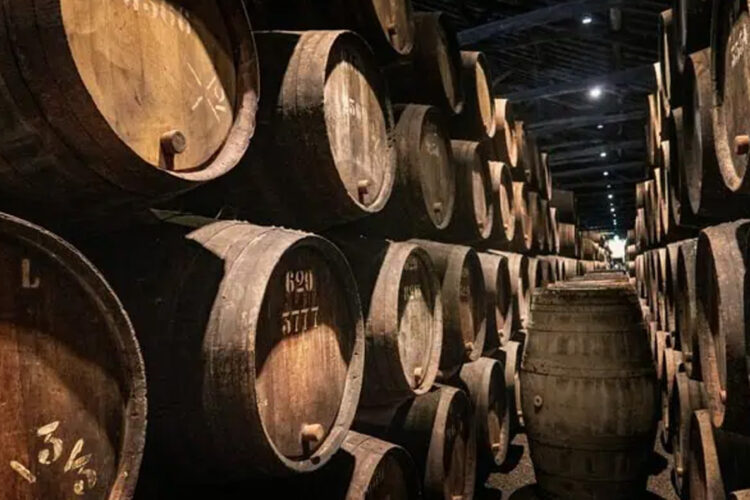The wine industry, with its deep-rooted traditions and centuries-old practices, is experiencing a transformative phase in its approach to bottling and packaging. While glass has been the material of choice for wine bottling for hundreds of years, known for its ability to preserve and age wine impeccably, the environmental impact of glass production and transportation has prompted a search for more sustainable alternatives. This blog post explores the evolution of wine bottling, highlighting innovative and eco-friendly packaging solutions that are reshaping the future of wine.
The reign of glass bottles
Historical dominance: glass has long been synonymous with wine storage, valued for its inert nature, which ensures that the wine’s flavor remains unaltered. The tradition of using glass bottles dates back to the 17th century, becoming widespread by the 19th century as advancements in glass production made them more accessible.
Environmental footprint: despite its benefits, the production of glass bottles is energy-intensive, contributing to co2 emissions. Moreover, the weight of glass significantly increases the carbon footprint associated with transporting wine. According to the glass packaging institute, the production of glass bottles accounts for approximately 60{4dadef708de28452531bb527c4d865049ee1213cb66cb91a6be930de321f01aa} of the wine industry’s carbon emissions.
The shift towards sustainability
Eco-conscious packaging:
The wine industry is increasingly embracing sustainable practices, not just in viticulture and winemaking but also in packaging. This shift is driven by consumer demand for environmentally friendly products and the industry’s commitment to reducing its ecological impact.
Life cycle assessment (lca):
Studies utilizing lca methodologies have shown that alternative packaging solutions, such as lightweight glass, pet bottles, and bag-in-box, have a lower environmental impact compared to traditional heavy glass bottles, primarily due to reduced transportation emissions and energy consumption in production.
Innovative packaging alternatives
Lightweight glass bottles: some wineries are opting for lighter glass bottles, which require less raw material and energy to produce. These bottles can reduce the carbon footprint of wine transportation by up to 20{4dadef708de28452531bb527c4d865049ee1213cb66cb91a6be930de321f01aa}, according to research published in the journal of cleaner production.
Pet bottles and recycled materials:
Pet (polyethylene terephthalate) bottles, known for their light weight and recyclability, are gaining traction in the wine industry. Advances in pet technology have improved its barrier properties, making it a viable option for shorter-term wine storage. Additionally, the use of recycled materials in pet production further enhances its sustainability profile.
Bag-in-box and tetra pak:
Bag-in-box packaging, consisting of a plastic bag within a cardboard box, offers significant environmental advantages, including reduced weight and efficient space utilization during transportation. Similarly, tetra pak cartons, made from a combination of paperboard, plastic, and aluminum, present a lightweight and recyclable option for wine packaging.
Refillable bottles:
Some regions are exploring the revival of refillable bottle systems, encouraging consumers to return bottles to be cleaned and reused. This practice, common before the widespread use of disposable bottles, significantly reduces waste and resource consumption.
The role of consumer acceptance
Changing perceptions:
The success of sustainable wine packaging relies heavily on consumer acceptance. Traditionalists may view alternative packaging with skepticism, associating glass bottles with quality and authenticity. However, educational efforts and increasing environmental awareness are gradually shifting perceptions, with many consumers now embracing and even seeking out wines in eco-friendly packaging.
Conclusion
The evolution of wine bottling from traditional glass to sustainable alternatives reflects the wine industry’s broader commitment to environmental stewardship. While glass bottles will likely remain a staple for aging fine wines, the adoption of lighter, recyclable, and reusable packaging options for everyday consumption wines is a positive step towards reducing the industry’s ecological footprint. As technology advances and consumer attitudes evolve, these sustainable packaging solutions are poised to play a significant role in the future of wine, marrying tradition with innovation in pursuit of a greener planet.

